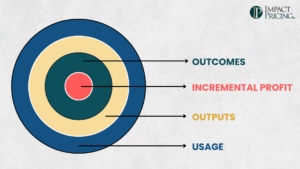Governments and large companies often use Requests for Proposal (RFP) when making large purchases. This blog describes some unique insights about this common activity.
First, why do companies use RFPs? One big reason is to force some level of rationality in the purchasing process. We all know that people are irrational because they are swayed by emotions, personal incentives, and incomplete information. RFPs put a logical process in place to overcome most of these problems. The hope is that the purchasing company will receive multiple offers with price competition to be able to buy at a low price.
This theory is nice, but there is a HUGE hole in it. First, realize that the buyer has a problem to solve. An RFP is a set of specifications on the solution to that problem. Here is the huge hole: the buyer doesn’t know the best solution to their problem.
Of course the buyer will do their best, probably working with a vendor to understand what is possible. But that essentially locks them into that vendor, contradicting the purpose of an RFP.
If I were advising a company on how to write an RFP, it wouldn’t be a list of specifications. Rather, it would be a description of problems we hope to solve. It might even include outcomes we hope to achieve. But writing specifications this way allows vendors, people who have solved many of these problems before, to propose innovative solutions. We would probably get better solutions at better prices.
To be fair, I think an RFP is fine if the solution is well known. Say you need to buy a specific part that goes into a high volume product, and several vendors manufacture that part. An RFP wouldn’t be horrible. In that case the solution is already designed and the RFP simply promotes price competition.
Here is one idea on how to respond to a typical RFP. First, you should probably respond line by line so you’re in compliance. However, consider reverse engineering (or guessing) what you think their problems are and then submitting a second bid with your innovative solution to their problem. Likely you will at least get a conversation with the buyers.
It seems companies overuse RFPs because “that’s how we’ve always done it.” They may solve a few problems, but they create several others. Regardless of which side of an RFP you are on, think a little harder about what is really going on.















